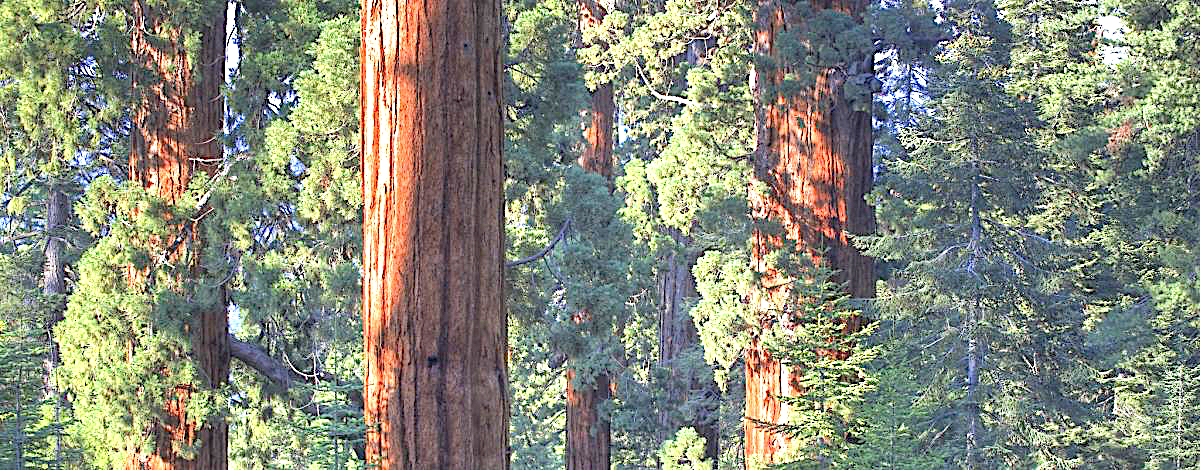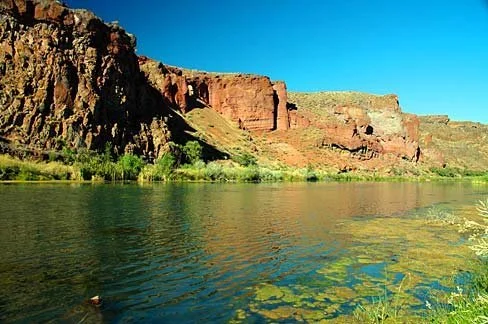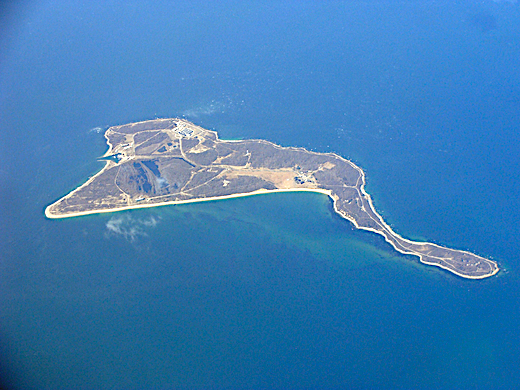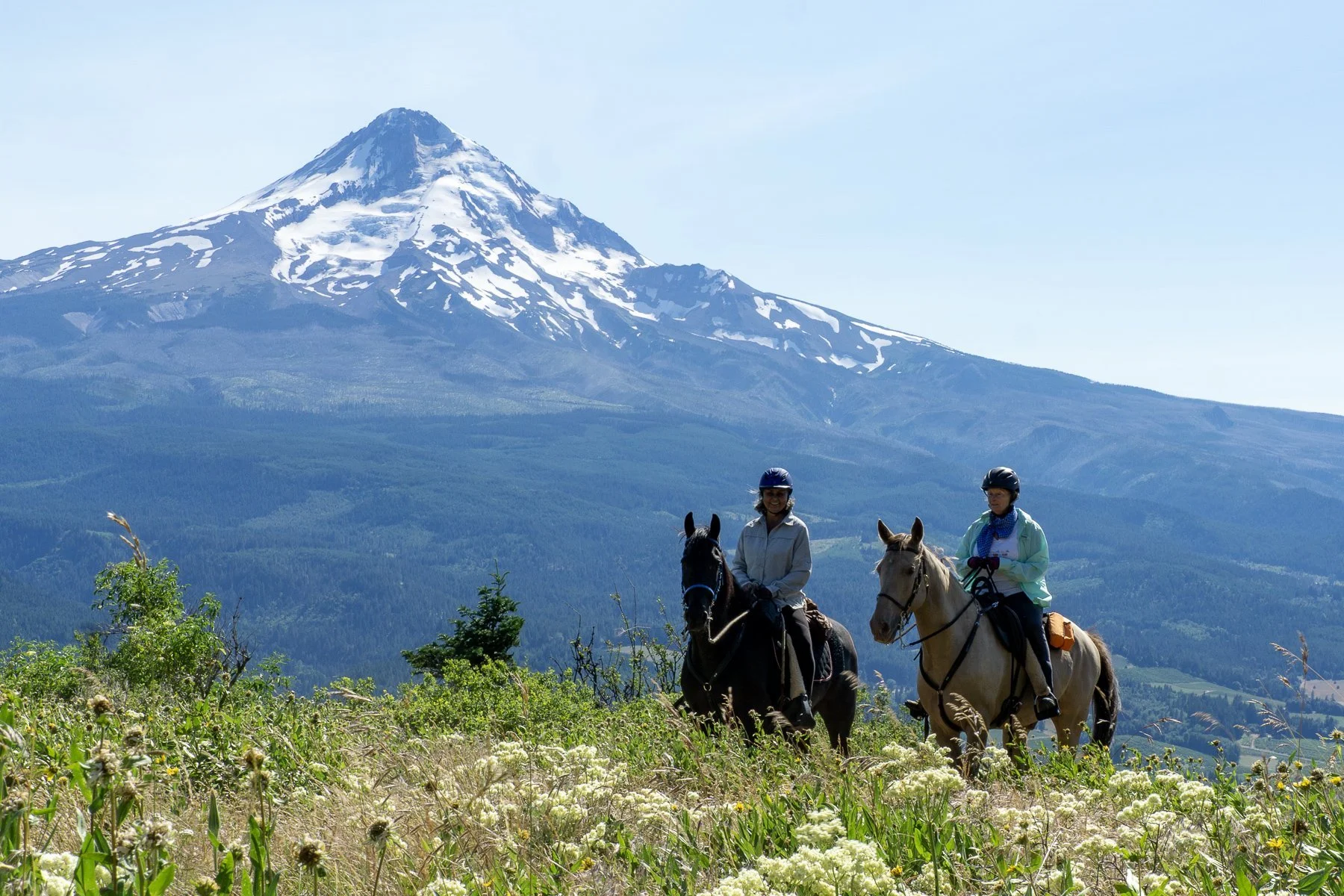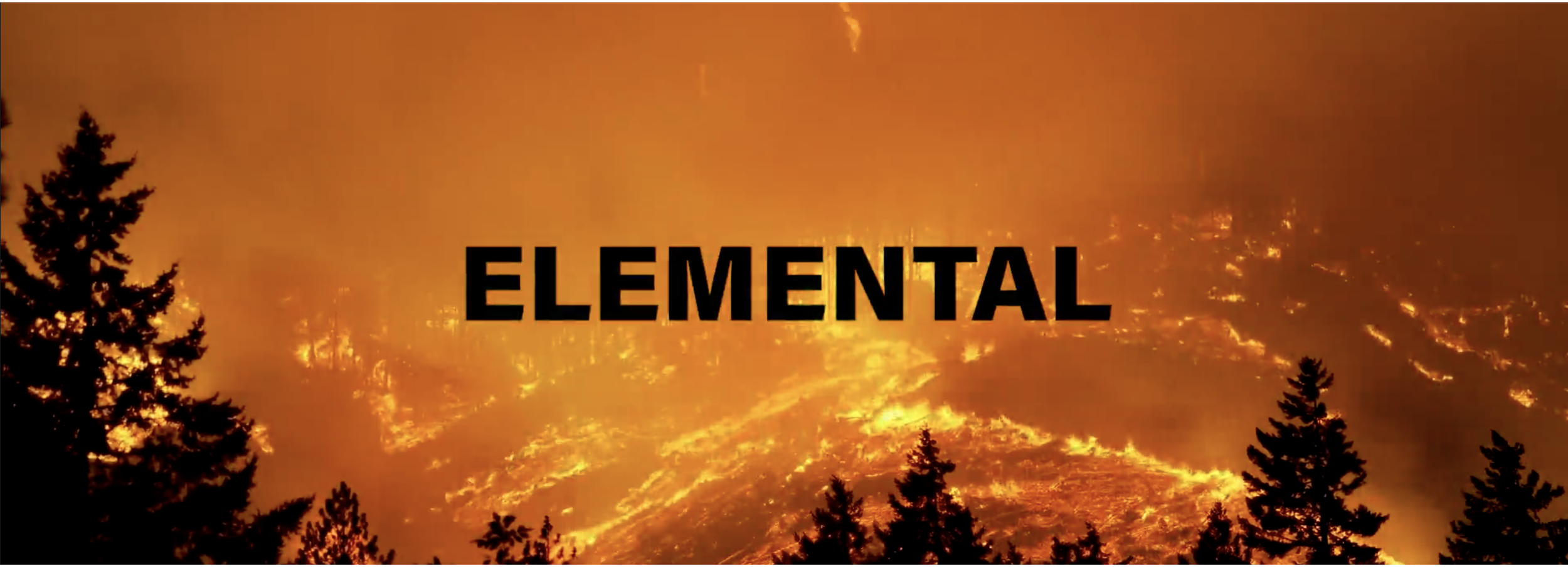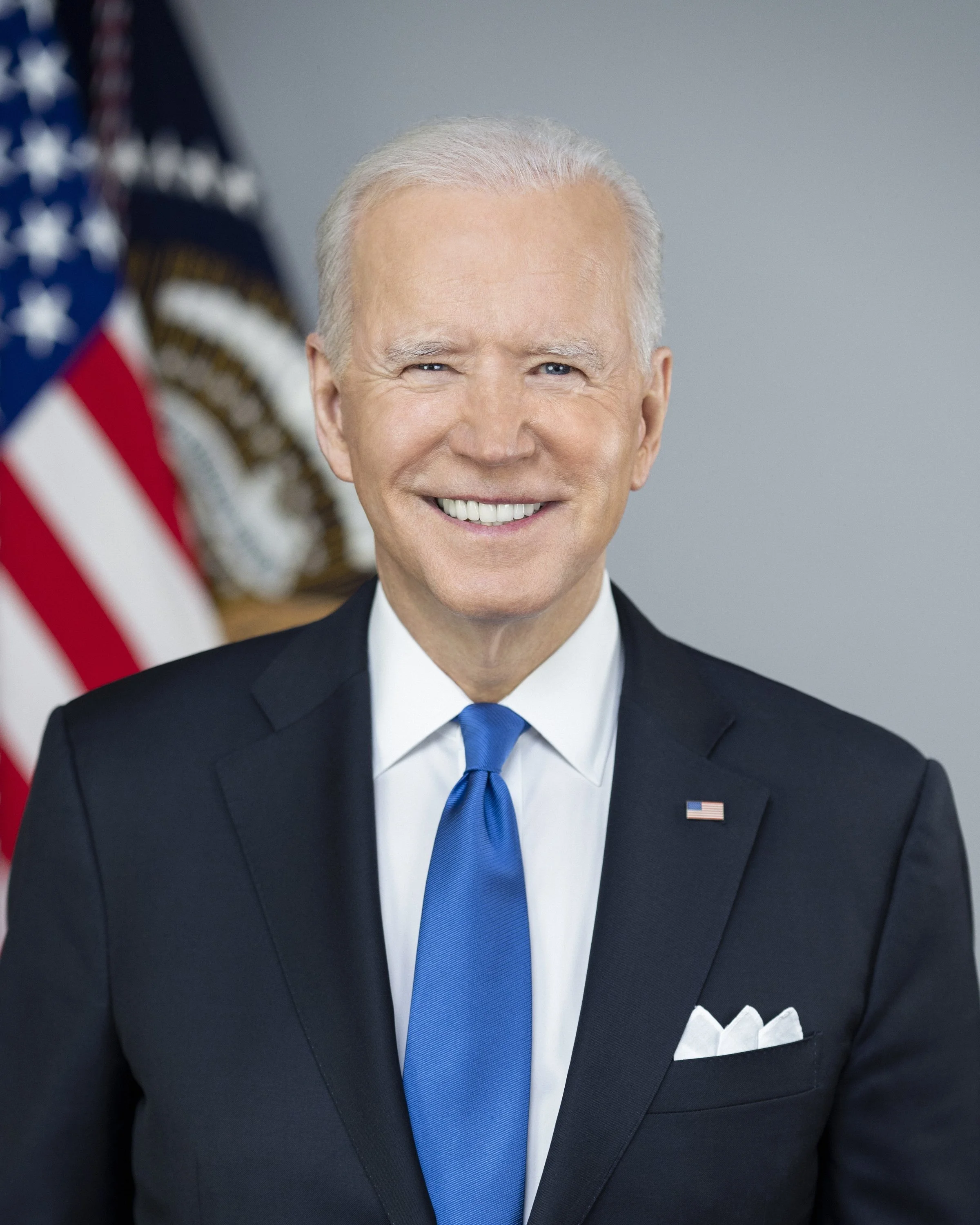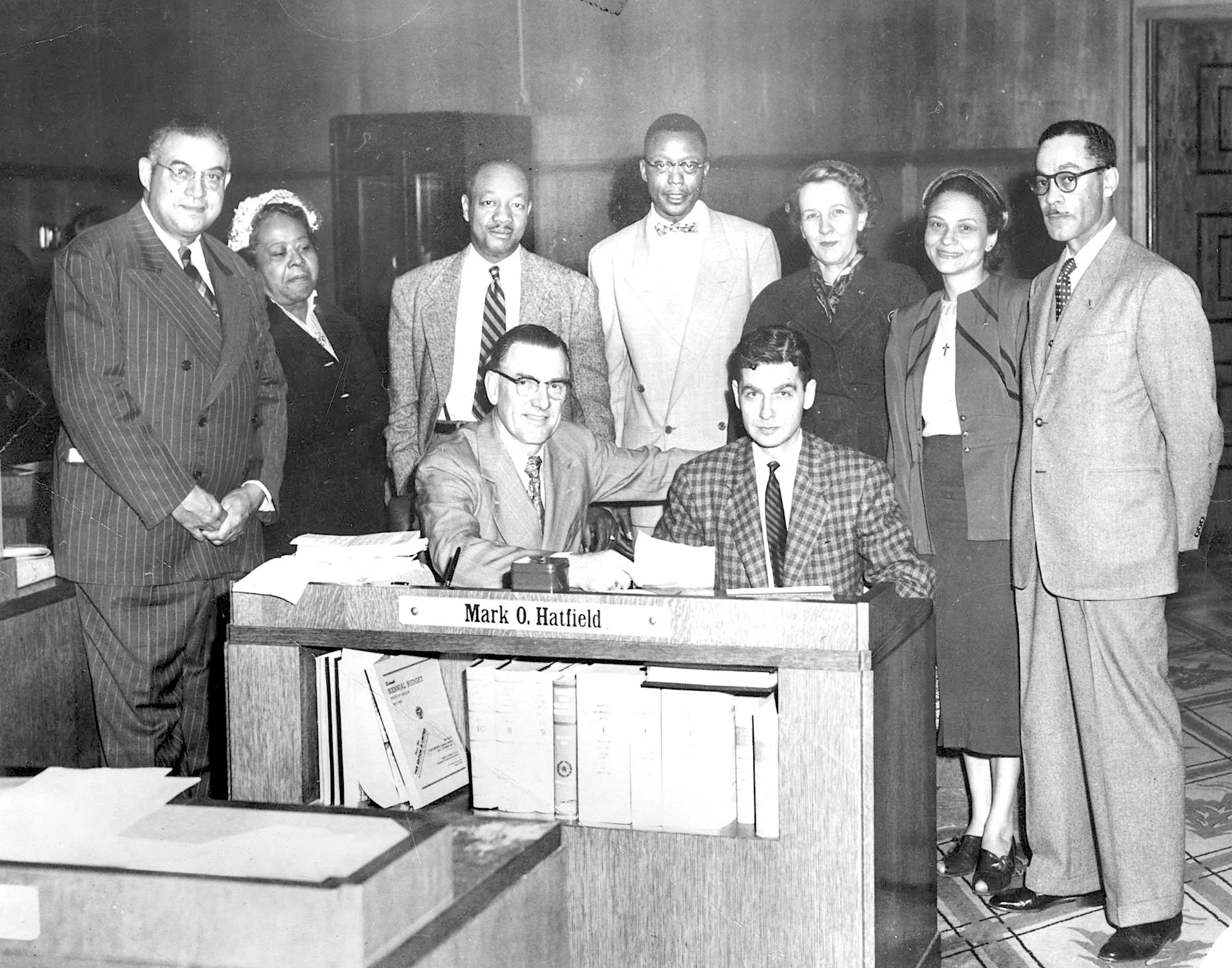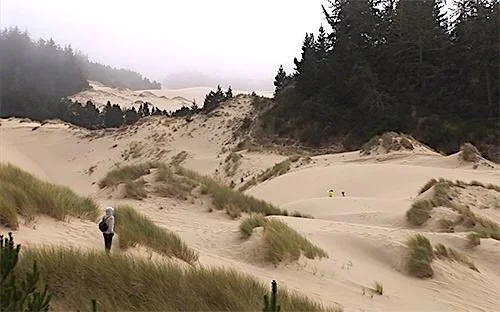Sort By Category
- 30x30
- Administration
- Antiquities Act
- Book Reviews
- Bureau of Land Management
- Climate Change
- Climate change
- Coasts
- Congress
- Counties & Federal Lands
- Courts
- Courts & Litigation
- Department of Agriculture
- Department of Interior
- Deserts
- Ecological Reserves
- Ecosystems
- Elections
- Endangered Species
- Energy
- Estuaries
- Federal Lands
- Fish
- Fish and Wildlife Service
- Forest
- Forest Fires
- Forest Service
- Forestry
- Forests
- Grasslands
- Land & Water Cons. Fund
- Land & Water Conservation Fund
- Legislation
- Litigation
- Livestock Grazing
- Marine Protected Areas
- Marine Sanctuaries
- Mature & Old-Growth Forests
- Mature and Old-Growth Foresrts
- Mining
- Nat'l Conservation Lands
- National Forest System
- National Marine Sanctuaries
- National Monuments
- National Monuments Act
- National Park Service
- National Park System
- National Parks
- National Recreation Area
- National Scenic Area
Sort By Tag
- 1002 area
- 30x30
- 5th Amendment
- ANWR
- Acadia National Park
- Adam Smith
- Administrative Procedure Act
- Advancing Conservation and Education Act
- Alan Bates
- Alan Deboer
- Alaska
- Alaska National Interest Lands Act
- Alaska Native Claims Settlement Act
- Aldo Leopold
- American Forest Resource Council
- American Prairie Reserve
- American Tree Farm System
- American beef supply
- American black duck
- American woodcock
- Ammon Bundy
- Ancient Forest National Park
- Anders Eskil Carlson
- Andrea Salinas
- Andrew N. Gray
- Andy Kerr
- Animal unit month
- Ansel Adams
- Antiquities Act
- Applegate Primitive Backcountry Area
- Aqua Fria National Monument
- Aquatic Conservation Strategy
- Aquatic Conservation and Riparian Strategy
- Arches National Monument
- Arches National Park
- Arctic National Wildlife Refuge
- Areas of Critical Environmental Concern
- Army Corps of Engineers
- Association of O&C Counties
- Astoria Canyon
- Astoria Fan
- Atlantic Coast
- Augusta Canal NHA
- Avarna Group
- Avi Kaw Ame
- BLM Conservation Rule
- BLM Zone 3 Lands
- BOEM Oregon Planning Area
- Baboquivari Peak Wilderness
- Baker County
The Forested Estate of the Bureau of Land Management
While some states have more forested BLM land than does Oregon, in terms of biomass (think lots of big trees) Oregon’s BLM lands are likely more carbon-rich than all of the others combined.
NEPA Under Attack: A New Opportunity for Conservationists
Increasing criticism of the National Environmental Policy Act and other federal and state regulations is coming from those who want to protect the environment by rapidly decarbonizing society.
Oregon State Forests: Public Forests, Not County ATMs
It turns out that state forests are not held in trust for the financial benefit of certain timber-addicted counties.
Senator Wyden’s Owyhee Wilderness, and More, Legislation
This third try may be the charm in Senator Wyden’s long effort to enact public lands legislation to conserve wildlands in the Owyhee and lower Malheur Basins in Oregon.
30x30: Biden Needs to Up His Game
For President Biden to ensure that 30 percent of the nation’s lands and waters are conserved by 2030, as he promised, the pace and scale of protections needs to increase dramatically.
Blumenauer’s REC Act of 2022: A Wreck for Conservation
Blumenauer’s bill would open up Mount Hood National Forest to new logging loopholes.
Offshore Oregon Could Be Despoiled by Wind Power Turbines
We don’t have to despoil the environment and view off the shore of Oregon to produce carbon-free electricity.
The Futility of “Fighting” Wildfire: Elemental—A Film Review
“It’s a home ignition problem, not a wildfire control problem.” —Jack Cohen, USDA Forest Service fire scientist
Oregon’s Glaciers: Going but Not Forgotten
Glaciers are history, in Oregon and everywhere. Due to climate change, the American West is dramatically warming. Glaciers are dying and snowpacks are declining as well. Ironically, this rapid melting is artificially keeping stream flows up in basins served by glaciers.
Biden’s Executive Order on Forests, Part 2: Seize the Day!
This is the second of two Public Lands Blog posts on the president’s executive order (EO) on forests, which, among other things, unambiguously directs the federal forest agencies to conserve the remaining mature and old-growth forests. Part 1 dissected the order. Part 2 places it in the current political context and makes recommendations to various key interests on how best to ensure that the potential of the EO is fulfilled.
Biden’s Executive Order on Forests, Part 1: A Great Opportunity
This is the first of two Public Lands Blog posts on the president’s executive order (EO) on forests, which, among other things, unambiguously directs the federal forest agencies to conserve the remaining mature and old-growth forests. Part 1 dissects the order. Part 2 will place it in the current political context and make recommendations to various key interests on how best to ensure that the potential of the EO is fulfilled.
Mark Odom Hatfield, Part 2: A Great but Complicated Oregonian
This is the second of two Public Lands Blog posts on the most consequential Oregonian yet to serve in the United States Senate. In Part 1, we looked at his role in enabling the destruction of Oregon forests. In Part 2, we look at his complicated legacy.
My Vote in the 2022 Oregon Democratic Gubernatorial Primary
Sorry, but for those of you jonesing for Part 2 of my post on Mark Hatfield (and I’ve heard from quite a few of you who are), you’ll just have to wait until next week as ballots are in the mail this week for the Oregon primary election. (Return ballots must be postmarked by election day, May 17, or received by 8 p.m. that day at an official drop site or elections office.) I just could not resist giving Oregon Democrats the benefit of my counsel when they are deciding on who to vote for in the Democratic primary for governor.
In addition, at the very end I also make an endorsement in the Democratic primary for Oregon’s new 6th congressional district seat.
Mark Odom Hatfield, Part 1: Oregon Forest Destroyer
This is the first of two Public Lands Blog posts on the most consequential Oregonian yet to serve in the United States Senate. In Part 1, we look at his role in enabling the destruction of Oregon forests. In Part 2, we will examine his complicated legacy. While Oregon’s Mark Hatfield was a great US senator, it was not because of his record on the conservation of nature.
Toward 30x30: Using Presidential Authority to Proclaim National Wildlife Areas Within the National Forest System
The president could use authority granted long ago by Congress to significantly elevate the conservation status of large areas within the National Forest System.
30x30, Part 2: What “Conserved” Needs to Mean
This is the second of three Public Lands Blog posts on 30x30, President Biden’s commitment to conserve 30 percent of the nation’s lands and waters by 2030. In Part 1, we examined the pace and scale necessary to attain 30x30. In this Part 2, we consider what constitutes protected areas actually being “conserved.” In Part 3, we will offer up specific conservation recommendations that, if implemented, will result in the United States achieving 30 percent by 2030.
30x30, Part 3: Forty-Four Tasty Conservation Recipes One Can Make at Home—If One Lives in the White House
This is the third of three Public Lands Blog posts on 30x30, President Biden’s commitment to conserve 30 percent of the nation’s lands and waters by 2030. In Part 1, we examined the pace and scale necessary to attain 30x30. In Part 2, we considered what constitutes protected areas actually being “conserved.” In this Part 3, we offer up specific conservation recommendations that, if implemented, will result in the United States achieving 30 percent by 2030.
30x30, Part 1: By the Numbers
This is the first of three Public Lands Blog posts on 30x30, President Biden’s commitment to conserve 30 percent of the nation’s lands and waters by 2030. In Part 1, we examine the pace and scale necessary to attain 30x30. In Part 2, we will consider what constitutes protected areas actually being “conserved.” In Part 3, we will offer up specific conservation recommendations that, if implemented, will result in the United States achieving 30 percent by 2030.
Senator Ron Wyden and National Recreation Areas: How Large a Legacy?
Oregon’s senior senator is poised to leave a legacy of national recreation areas. Just how many and how good that legacy will be is up to him.
An Elliott State Research Forest
The Oregon Legislature is taking up a bill to establish the Elliott State Research Forest. It is vital that the legislation become law in early 2022.
